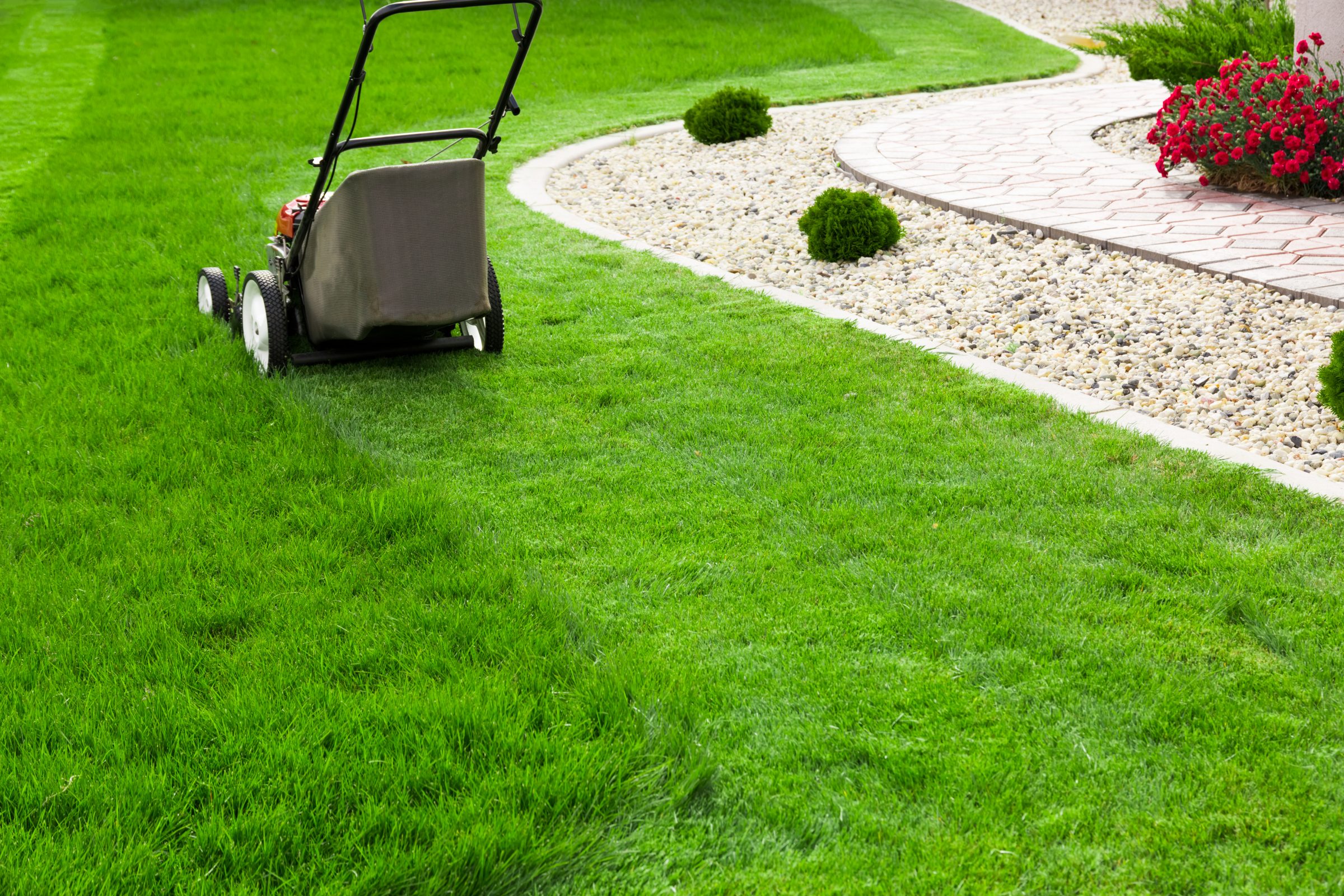Yard Care and Maintenance Tips for a Healthy Lawn

Starting out with just a single truck and mower, our team has grown to offer a full range of yard care services designed to meet your needs year-round. Our reputation for quality and reliability comes from using the latest tools, techniques, and a commitment to excellence. Whether you’re preparing your yard for spring or maintaining it through the season, these tips will help you keep your lawn looking its best.
1. Get Your Lawn Care Equipment Ready for Spring
Taking care of your lawn starts with taking care of your equipment. A little preventative maintenance goes a long way toward keeping your mower, trimmer, and other tools running smoothly all season long.
Here’s a quick checklist for spring maintenance:
- Drain old oil – For four-cycle engines, empty the oil tank and replace it with fresh oil.
- Clean your equipment – Use a putty knife or wire brush to remove grass, dirt, and buildup.
- Replace the air filter – A clean air filter ensures your engine runs efficiently.
- Install a new spark plug – It’s a simple, inexpensive way to improve performance.
- Check fuel and lines – Use clean fuel and inspect hoses for cracks or leaks.
Doing this at the start of the season ensures your equipment is reliable and ready for the work ahead.
2. How to Mow Your Lawn the Right Way
Mowing isn’t just about cutting grass — it’s about encouraging healthy growth. Cutting too short can weaken your lawn, stress the grass, and invite weeds. Instead, follow these tips:
- Set your mower to the right height:
- Bermuda grass: 1–2 inches
- Fescue: 2–3.5 inches
- Kentucky bluegrass: 2–3.5 inches
- St. Augustine: 2–4 inches
- Zoysia: 0.5–1.5 inches
- Follow the one-third rule: Never remove more than one-third of the blade’s height at once.
- Leave grass clippings: They decompose quickly and return nutrients to the soil.
Taller grass not only looks better but also helps your lawn retain moisture and outcompete weeds.
3. Fertilizing and Weed Control in Spring
Fertilizing your lawn properly can make the difference between dull and lush. Use a slow-release nitrogen fertilizer, applying no more than 1 pound of nitrogen per 1,000 square feet. The best time to fertilize is when your grass starts actively growing — early enough to strengthen roots but not so early that cold snaps cause stress.
Weed prevention tip:
Apply a pre-emergent herbicide before weed seeds germinate. But if you’re planting new grass, skip the herbicide, as it will prevent your grass seed from growing too. For small weed patches, spot-treat using a non-selective herbicide. A thick, healthy lawn is your best defense against weeds in the long run.
4. Planting and Reseeding Bare Spots
If winter left your lawn looking patchy, spring is the perfect time to reseed. Start by fixing any underlying soil issues:
- Test your soil. Your local extension office can help you identify nutrient deficiencies.
- Aerate compacted soil. This improves root growth and nutrient absorption.
- Choose the right seed. Match your grass type to your region and light conditions.
- Spread evenly. Use a broadcast spreader for large areas or your hand for small patches.
- Water consistently. Keep the soil moist but not waterlogged while new grass establishes.
- Mow gently. Once grass reaches about 3–4 inches, trim only half an inch to avoid stress.
These simple steps can restore your lawn’s uniform, green appearance.
5. Clean and Repair Your Lawn After Winter
Once the snow melts and the ground dries, give your yard a light rake to remove debris. Then, focus on problem areas:
- Fix uneven spots: Fill in low areas and level high patches to improve drainage and prevent mower damage.
- Relieve soil compaction: If a garden fork can’t penetrate 2 inches into the ground, use a core aerator to loosen the soil.
- Remove thatch buildup: A thick layer of thatch prevents water and nutrients from reaching the soil. Use a dethatching rake or machine for best results.
Addressing these early spring issues helps your grass grow stronger and more resilient throughout the season.
By maintaining your equipment, mowing correctly, fertilizing wisely, and tending to problem areas, you’ll set the foundation for a healthy, vibrant yard that lasts all year long.
If you’d rather leave the yard work to the pros, our team is here to help. Reach out today to schedule your seasonal yard care service and enjoy a lawn you can be proud of!
Tags:
